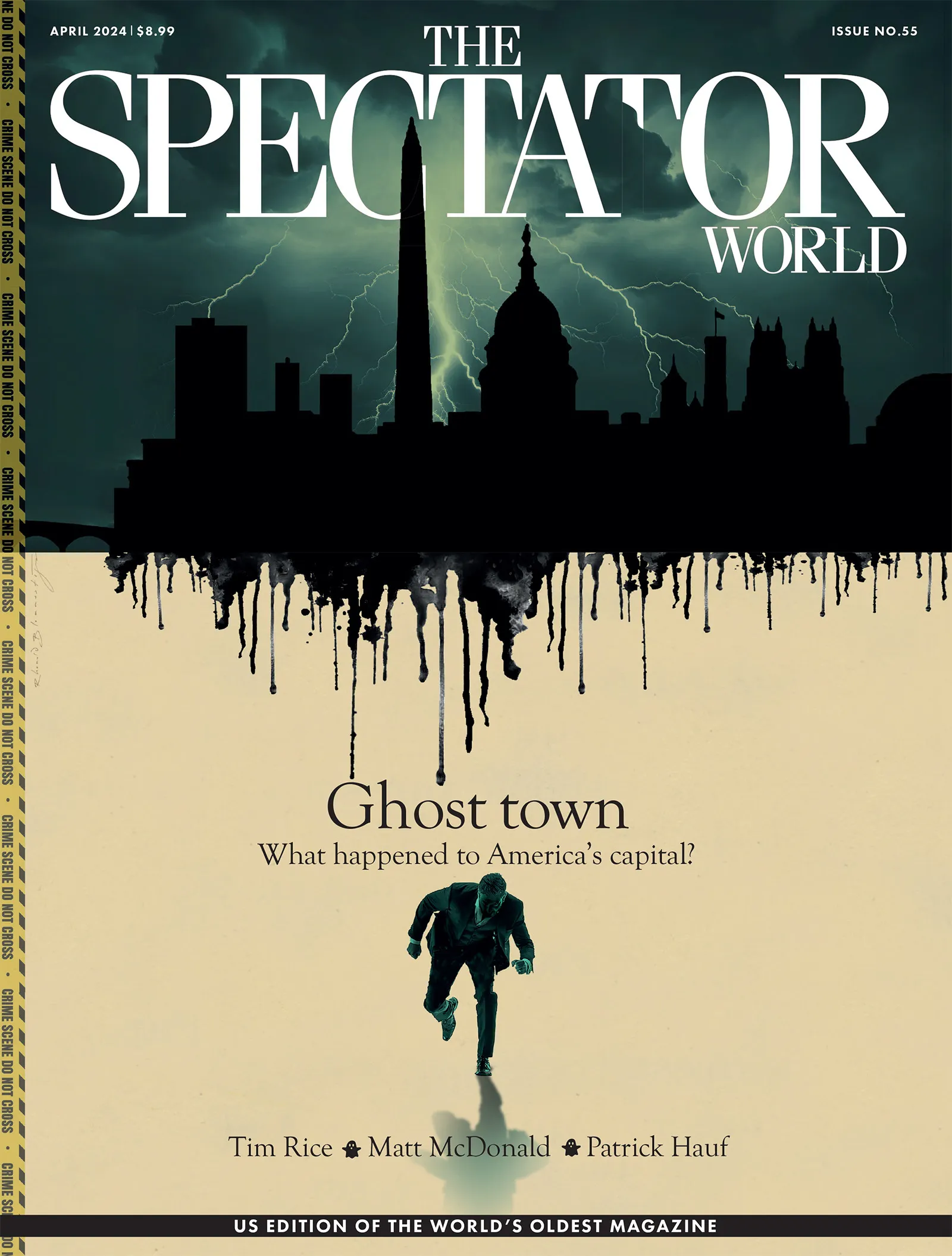Ecuador was once spared the worst of the narco-warfare and insurgencies that have plagued Latin America. No longer. The storming last week of a TV station in Guayaquil by gun-brandishing thugs showed how no one, and nowhere, is safe from the narco gangs who rule the streets.
The latest chaos was unleashed after a major crime lord escaped from prison. José Adolfo “Fito” Macías Villamar had been taunting authorities for months, even starring in a music video while ostensibly confined under heavy security. Now, he is on the loose.
In recent years, the murder rate has risen by 500 percent as the once mostly-peaceful land has become a battleground for warring drug gangs. President Daniel Noboa has declared a sixty-day state of emergency à la El Salvador, which successfully subdued the bloodthirsty bandidos who once terrorized its citizens. But, so far, it hasn’t gone well: hundreds of prison guards were taken hostage in riots, and policemen snatched from the streets. “You declared war, you’ll get war,” the captive cops declared on-camera, pistols drawn to their heads.
The murder rate has risen by 500 percent
Ecuador is strategically positioned next to Colombia and Peru, the world’s most prolific producers of coca plants and cocaine. In Colombia, the peace treaty with and subsequent disbanding of the FARC rebels in 2016 left a cartel-shaped hole in the drug trade that was swiftly filled by Mexican narco-traffickers. These gangs invested in coca farms and subcontracted Ecuadorian gangs for overseas shipping. By 2019, as much as a third of Colombia’s marching powder was leaving through the Pacific port of Guayaquil. Some of this cocaine, bound for Australia, Europe and North America, was hidden among cargos of Ecuador’s most prized export, bananas.
So if you used cocaine this week, there’s a good chance it came through Ecuador. This expanding economic sector has brought with it fierce competition over the ports, a struggle that intensified when the boss of Los Choneros, Ecuador’s largest drug gang, was gunned down in a shopping mall in December 2020, fracturing his outfit into feuding factions. Dead bodies have been found hanging from bridges, some missing their heads.
The gangsters — Los Choneros, and their main antagonists, Los Lobos (The Wolves) — now align with global drug rings, including Mexico’s Jalisco and Sinaloa cartels, and the Albanian mafia. Last year, crusading presidential candidate Fernando Villavicencio received three bullets in the head while leaving a campaign rally in Quito, an event that echoed the death of Colombian presidential candidate Luis Carlos Galán at the hands of Pablo Escobar’s hitmen in 1989. Villavicencio had earlier revealed he’d been threatened by incumbent Choneros honcho and local Sinaloa Cartel lynchpin “Fito,” whose prison break triggered the state of emergency. Ecuador is turning into the Colombia of the Eighties.
While middle-class Westerners who take drugs might like to pretend otherwise, their habit sustains the murder machine in Latin America. That’s not a new argument; it’s easy pointing at the purple-haired bourgeoisie who’ll suck up bloodstained white powder like a hoover but shudder at the sight of a hamburger. But I’m sorry to say that if the plan to stabilize Ecuador hinges on an ethical boycott, we may be in for a long wait. The drugs trade won’t end overnight.
A crackdown similar to El Salvador’s Nayib Bukele, the self-styled “world’s coolest dictator,” is one option, but, that too, comes at a price. The country’s state of emergency has led to constitutional rights being suspended and suspected gang members locked up en masse without any sort of proof or due process. For now, at least, it seems to have worked. The gangs have been decimated, it’s safe to walk the streets and murder rates have plunged to an all-time low.
But 1 per cen of Salvadorans are now behind bars, the highest incarceration rate on the planet. Children as young as twelve have been detained. Many are yet to be convicted of any crime and it’s anyone’s guess what will happen to them. The initially month-long emergency has now lasted almost two years, and the government would never abuse these emergency powers, right?
In any case, Ecuador’s war on drugs already cause the prison population to soar over the 2010s, creating a fertile recruitment pool for the Lobos and Choneros; now, every third inmate is a gang member.
The demand for cocaine will always be there, so is legalizing it such a crazy idea? Taking control of the business won’t end the gangs, but it will deprive them of a critical resource and raison d’être. It was unthinkable only a couple of years ago, but lawmakers in Colombia, the Netherlands and the Swiss city of Bern are giving serious thought to changing tactics in the war on drugs. What is clear is that the war on drugs isn’t working — and Ecuador’s people are paying a heavy price.
This article was originally published on The Spectator’s UK website.























